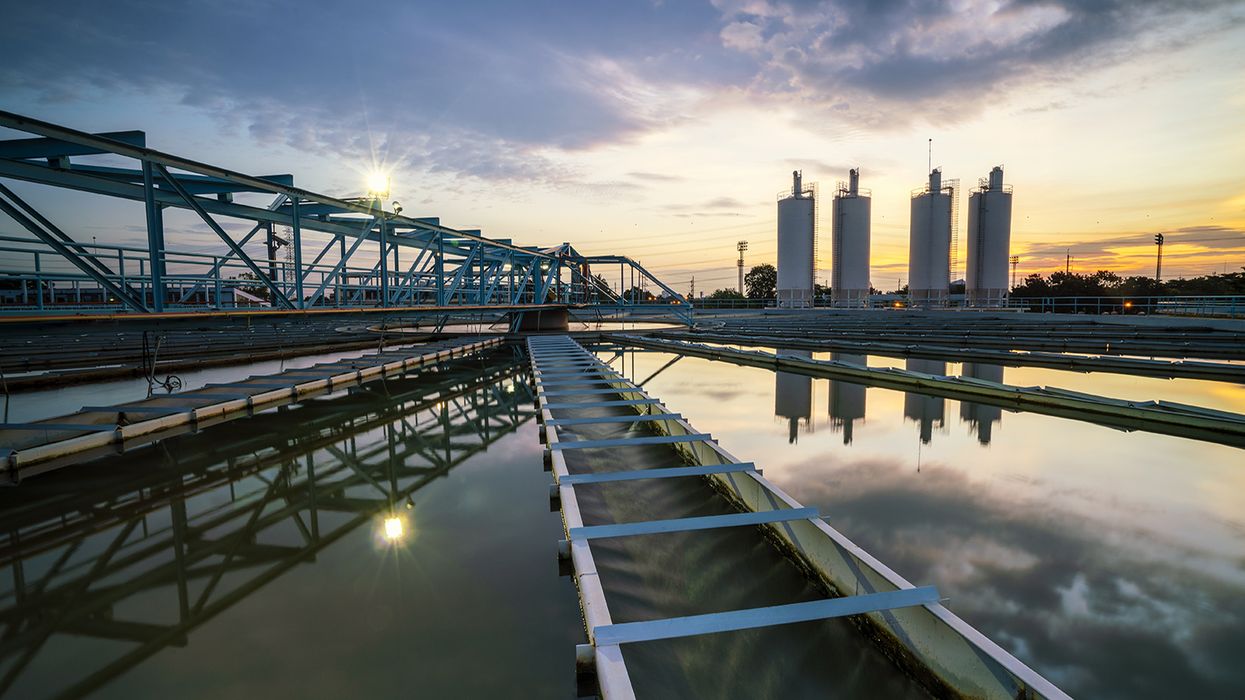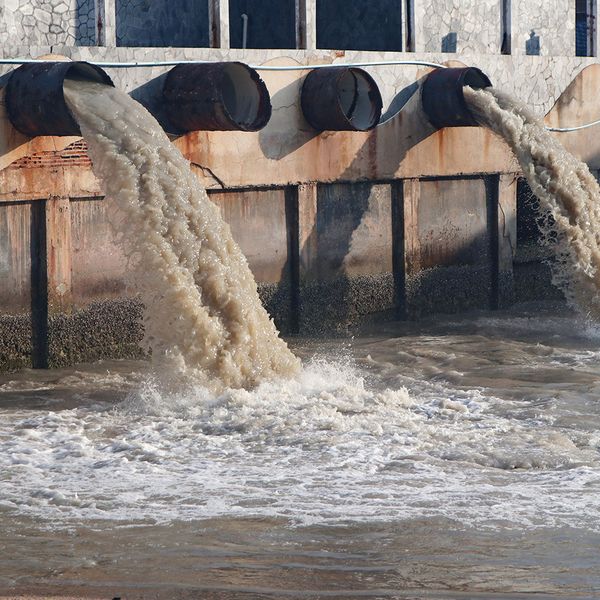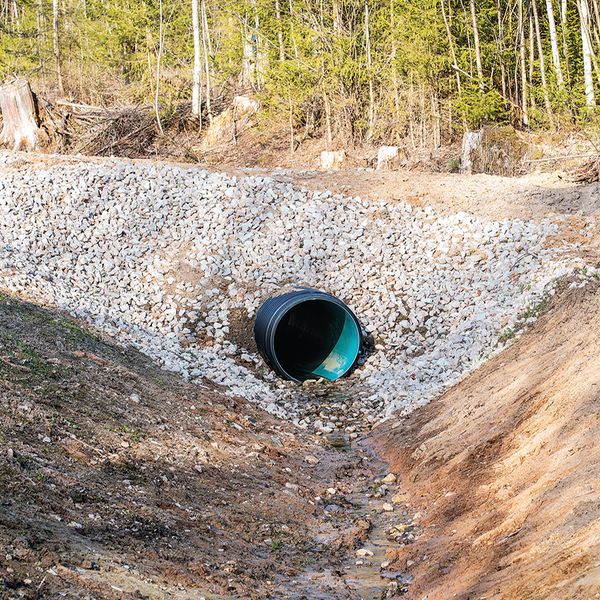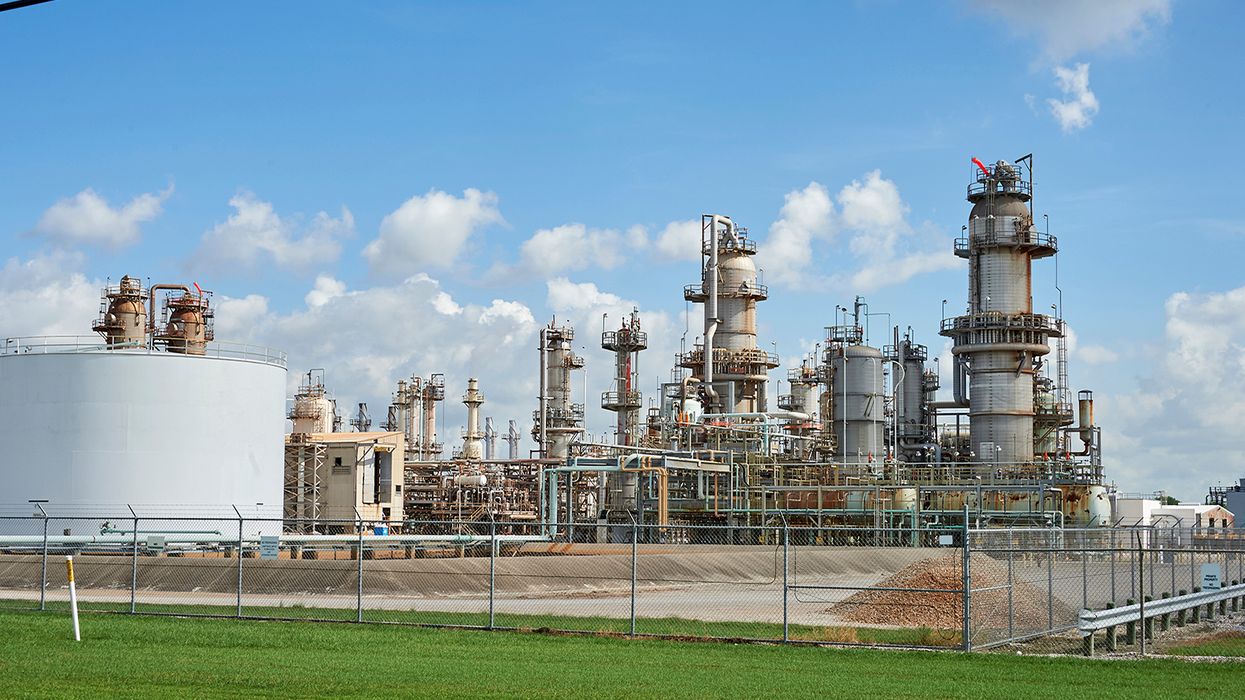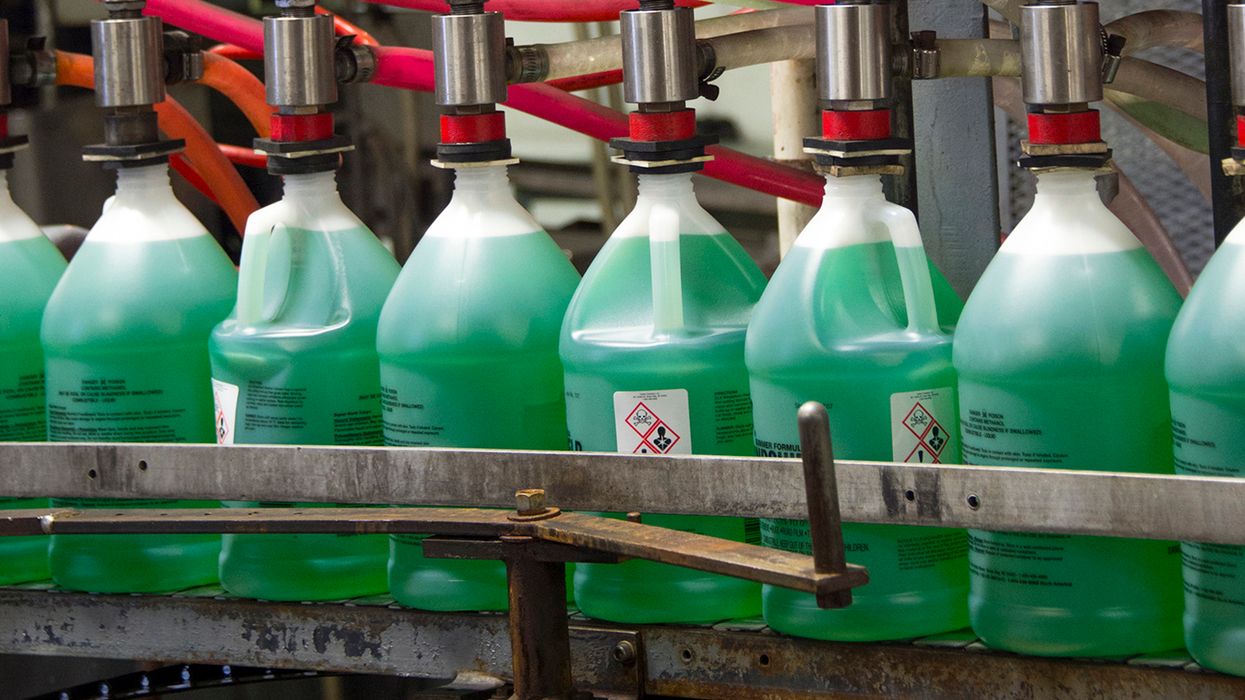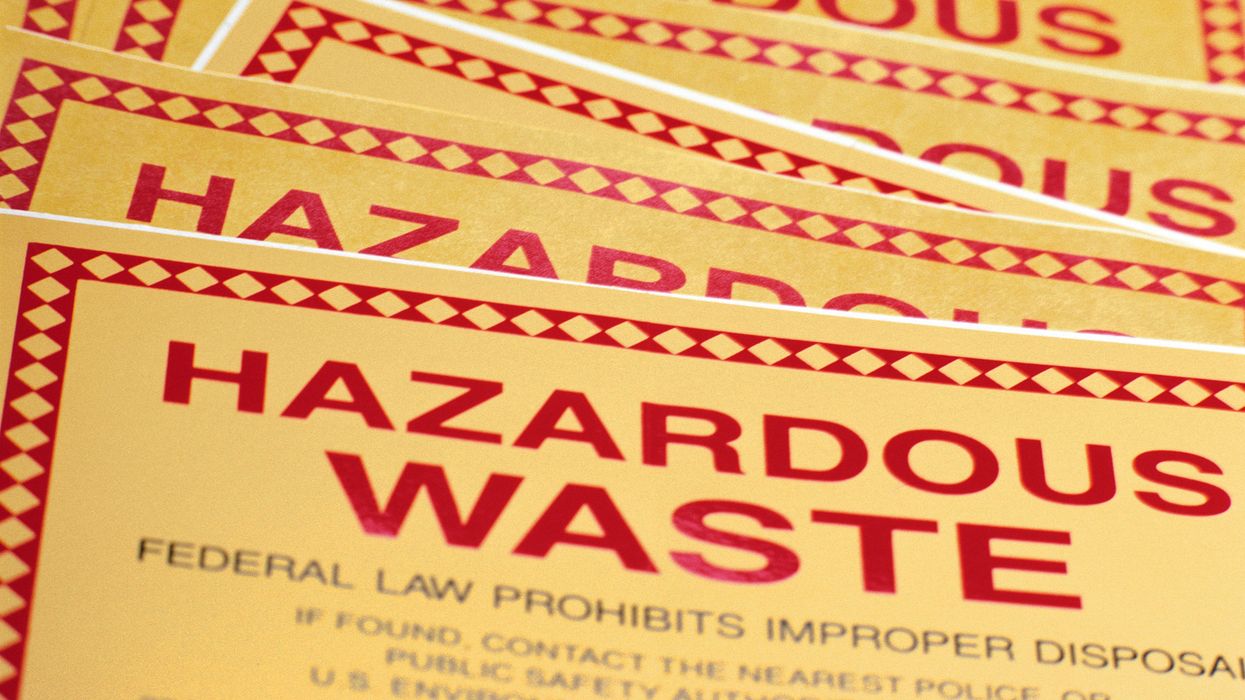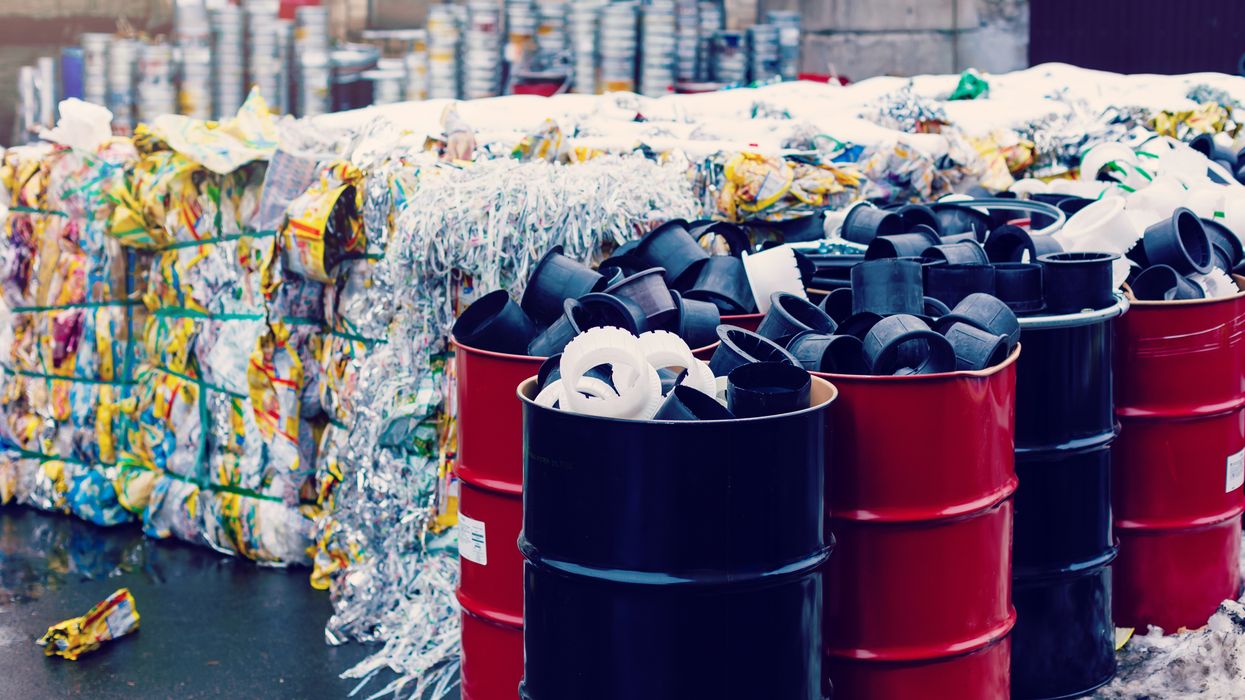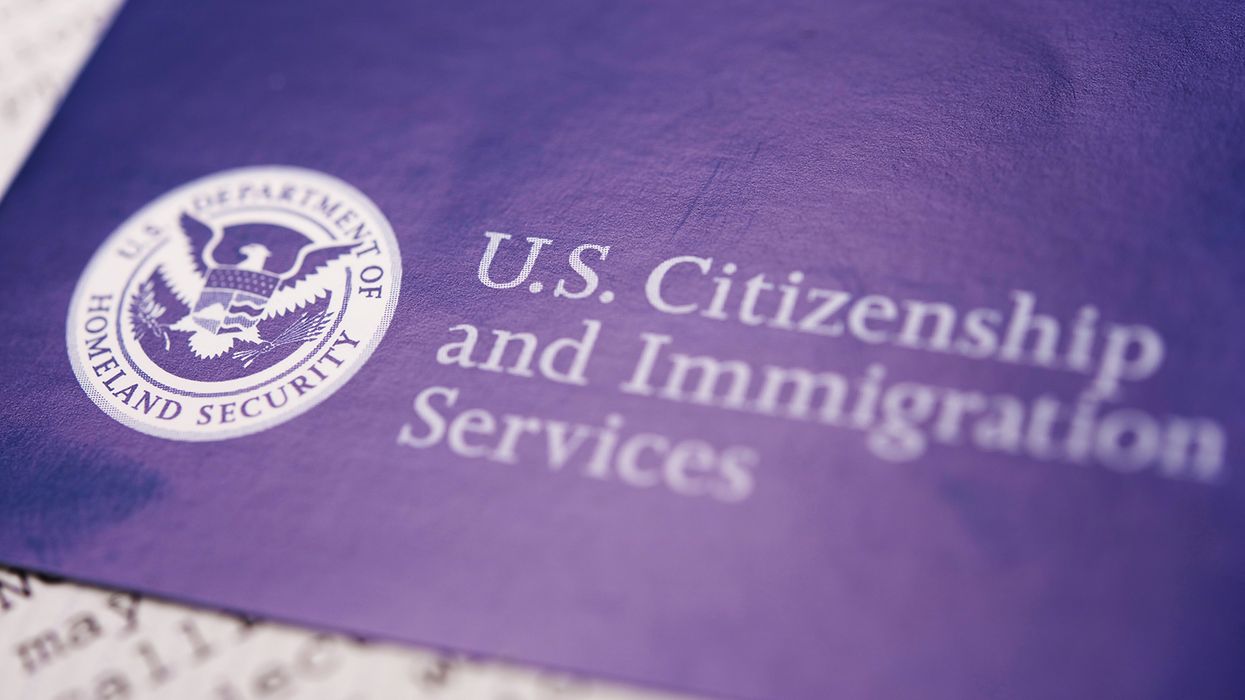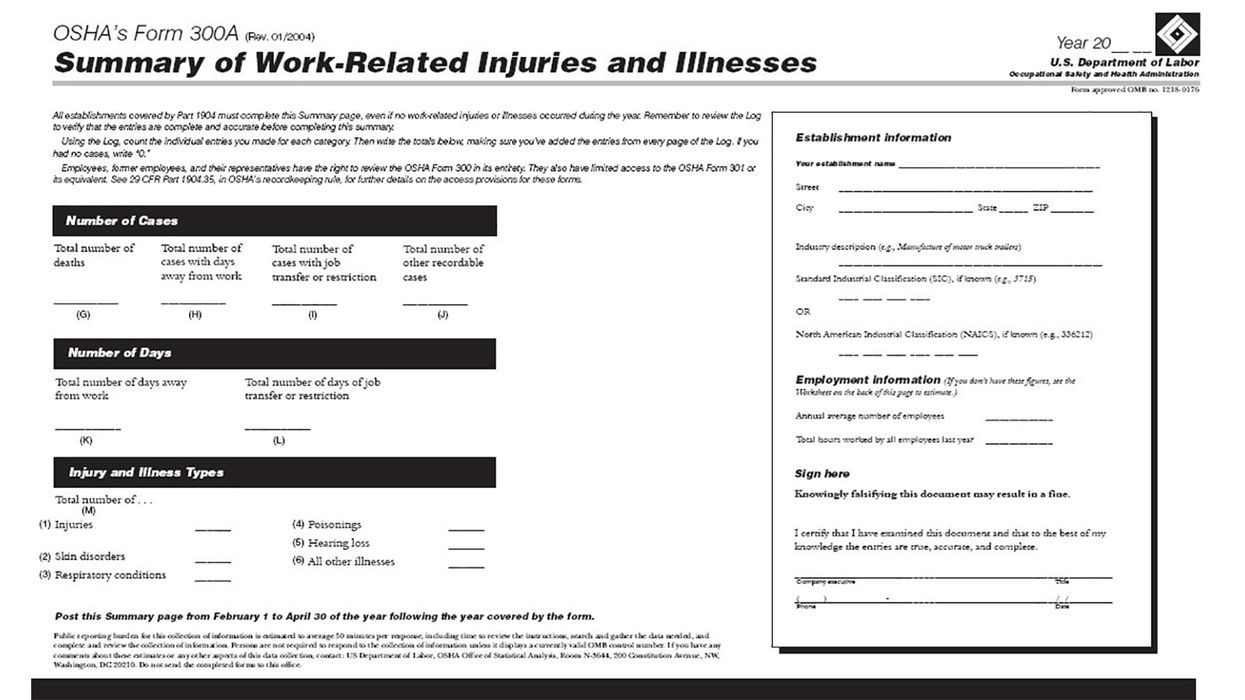What are the 3 types of National Pretreatment Program standards?
Industrial and commercial facilities produce significant amounts of pollutant-containing wastewater. Sending these waste streams to public wastewater and sewage treatment facilities as-is can cause major problems since these facilities usually aren’t designed to handle toxic or unexpected industrial pollutants. That’s why facilities have to pretreat wastewater before sending it to the treatment facility.
Industrial and commercial sources that discharge pollutant-containing wastewater to a publicly owned treatment works (POTW) facility are called industrial users (IUs). You may also see them referred to as “nonpoint sources” and “indirect dischargers.” These facilities are subject to the National Pretreatment Program, which is part of the National Pollutant Discharge Elimination System (NPDES) Permit Program.
The Environmental Protection Agency’s (EPA’s) National Pretreatment Program mandates IUs to comply with all applicable federal, state, and local standards to discharge wastewater to a POTW. The federal program has three types of pretreatment requirements:
- National prohibited discharge standards,
- National categorical pretreatment standards, and
- Local discharge limits.
Understanding the differences between the types of pretreatment program standards is essential, especially since your facility may have to comply with all three.
What are the types of pretreatment standards?
IUs must obtain permits or comply with other control mechanisms to discharge wastewater to a POTW. Let’s look at the three kinds of pretreatment standards that may apply.
Prohibited discharge standards are national standards consisting of general and specific prohibitions that forbid facilities from discharging certain pollutants.
- The general prohibitions ban IUs from discharging any pollutants to a POTW that can cause pass through or interference (defined at 40 CFR 403.3).
- The specific prohibitions ban IUs from discharging eight kinds of pollutants (defined at 403.5(b)), such as those that pose a fire or explosion hazard to the POTW.
Categorical pretreatment standards are national limits that apply to wastewater discharged by facilities in specific industrial categories.
EPA sets effluent limitations guidelines and standards (ELGs) for the covered industrial categories to prevent discharges from IUs that can pass through or interfere with the works or otherwise disrupt POTW operations. ELGs give numerical, technology-based limits for the quantity, concentration, or properties of a pollutant that IUs can discharge to a POTW.
Local limits are established by POTWs and are specific to each site, so requirements vary across different POTW pretreatment programs. Local limits prevent pollutant discharges from IUs that can pass through or interfere with the works, contaminate sludge, and/or endanger worker health and safety.
POTWs set effluent discharge limits, which can be numerical or narrative (for example, no discharging toxics in toxic amounts). Standards may also include best management practices, such as taking actions to control plant site runoff.
Who enforces the pretreatment standards?
Generally, POTWs implement the NPDES National Pretreatment Program at the local level. EPA requires large POTWs and smaller POTWs with significant industrial discharges to develop local pretreatment programs. Through EPA-approved local programs, POTWs enforce the national standards and requirements in addition to any stricter local regulations that apply.
Where EPA hasn’t approved a POTW’s local pretreatment program, it's administered by the state (if approved to do so) or EPA regional office.
Where does my facility start?
If your facility is subject to the NPDES National Pretreatment Program, first identify the kind of IU your facility is: an IU, a significant IU, or a categorical IU. The category determines the requirements that may apply.
Keep in mind that all IUs must comply with the applicable federal pretreatment program requirements:
- Regardless of whether the POTW has an approved pretreatment program, and
- Regardless of whether the IUs have been issued a permit or control mechanism.
Significant IUs (defined at 403.3(v)) and categorical IUs (i.e., facilities subject to one of the categorical standards in Parts 405–471) have additional federal requirements. Generally, these facilities must also meet local limits.
Key to remember: Industrial and commercial facilities must comply with the National Pretreatment Program before discharging pollutant-containing wastewater to a publicly owned treatment works facility.

